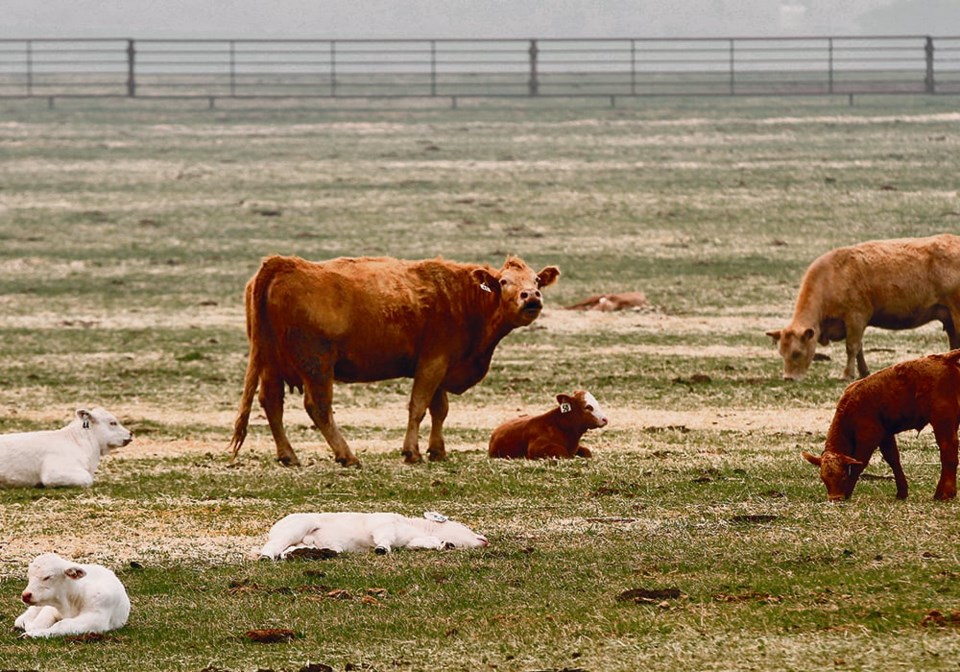MOOSE JAW, Sask. — Cattle prices continue to set record highs but that doesn’t translate into record profitability, producers attending the Saskatchewan Stock Growers Association annual meeting heard last week.
Canfax executive director Brenna Grant said markets continue on their 2023 tear with a late-May record fed cattle price of $242 per hundredweight.
However, feed prices remain high and that affects all proteins.
Compared to 2015, the last record year, Grant said fed cattle prices would have to go up 50 percent to get the same margin.
“That can blow your mind,” she told the meeting. “That profitability is not there and all of these protein sectors are being squeezed.”
Pork in particular has been affected by the larger-than-expected Chinese production in the first quarter and Proposition 12 in the United States, which has affected interstate trade.
Historically, pork has appealed more to low-income consumers who are now facing food inflation and pinching pennies.
“They’re facing a high supply situation right now in North American markets with low demand,” Grant said. “Right now the price spread between beef and pork on the wholesale side … it’s only been this high two other times back in 2020 and 2015.”
There is typically a lag before retail prices catch up and pork loins will be offered at fire-sale prices, she said.
That will pressure demand later this summer.
Poultry production is also impacted by the high grain prices.
Grant said if high feed prices are here to stay, all proteins have to level up to get margins back to where they should be. The other option is feed prices would have to drop, which isn’t good for beef cattle because pork and poultry production cycles are much shorter than beef and those industries can respond more quickly.
“They can increase production and drop prices at retail and then we have the exact same challenge with demand erosion,” she said.
Cow prices also hit a record in late May at $154 per cwt. on the largest spring rally since 2008.
Strong demand for grind supports cow prices and Grant said consumer demand over the summer months will determine how prices fare.
Current production is supported by larger non-fed production, continuing the shift in leverage from packers to feedlots.
Carcass weights are the lightest since June 2019.
She added that placements in the first quarter were down 54,000 head, putting Canada into tighter supplies for the second half of this year. Heifer placements also continue, signalling producers are not yet in expansion mode.
Futures project strong prices through the rest of the year. Grant said the prices include a weak basis; last fall was the weakest basis since 2014.
“The difference between a strong basis year and a weak basis year is about 15 cents per pound,” she said.
Unknowns such as consumer resilience in terms of food price inflation, rising input prices and weather risk all bear watching, she said.




